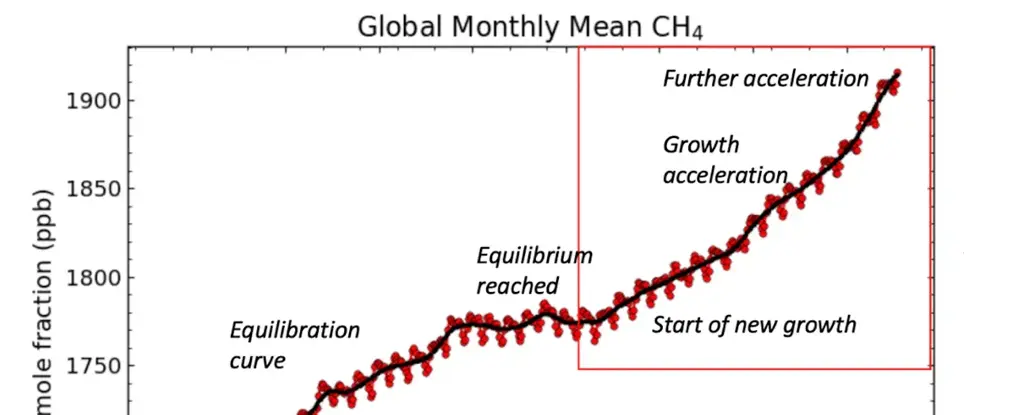
Arctic CO2 emissions amplified by aerobic methane oxidation during the Palaeocene–Eocene Thermal Maximum
In the Arctic Ocean, polar amplification drives warming rates that are two to three times the global average, and this enhanced warming and the associated freshening are expected to accelerate methane cycling, impacting regional and global carbon cycling. However, our understanding of methane cycling in a warmer and fresher Arctic is limited by short observational records. Here we present biomarker evidence for prevalent aerobic methanotrophy in the Arctic Ocean during the Palaeocene–Eocene Thermal Maximum (PETM; ~56 million years ago), identified through the occurrence of a hopanoid compound, hop-17(21)-ene, with a distinct isotopic signature characteristic of bacterial methanotrophy. During the PETM, intensified hydrological cycling atop an overall low-sulfate ocean of the early Cenozoic limited sedimentary sulfate availability, suppressing sulfate-dependent anaerobic methane oxidation and facilitating aerobic methane oxidation in the water column, consistent with our geological evidence and sediment diagenesis model results. Unlike anaerobic oxidation, which generates alkalinity, aerobic methane oxidation consumes oxygen and produces CO2. Our biomarker-based CO2 reconstructions indicate that the Arctic Ocean became a net CO2 source, particularly during the recovery stage, contributing to prolonged carbon input, temperature rise and ocean acidification during the PETM. These findings highlight potential major perturbations to Arctic carbon cycling under future climate change.
The discovery presented by Kim and collaborators profoundly shifts our grasp of the Arctic’s role as a dynamic player in global carbon cycling during greenhouse climates. By revealing that aerobic methane oxidation could significantly amplify CO2 emissions, the study enriches our understanding of how ancient biogeochemical feedbacks may have intensified warming in polar oceans. This greater clarity provides a crucial lens through which to evaluate contemporary and future methane flux scenarios, helping anticipate the Arctic’s contribution to anthropogenic climate change.